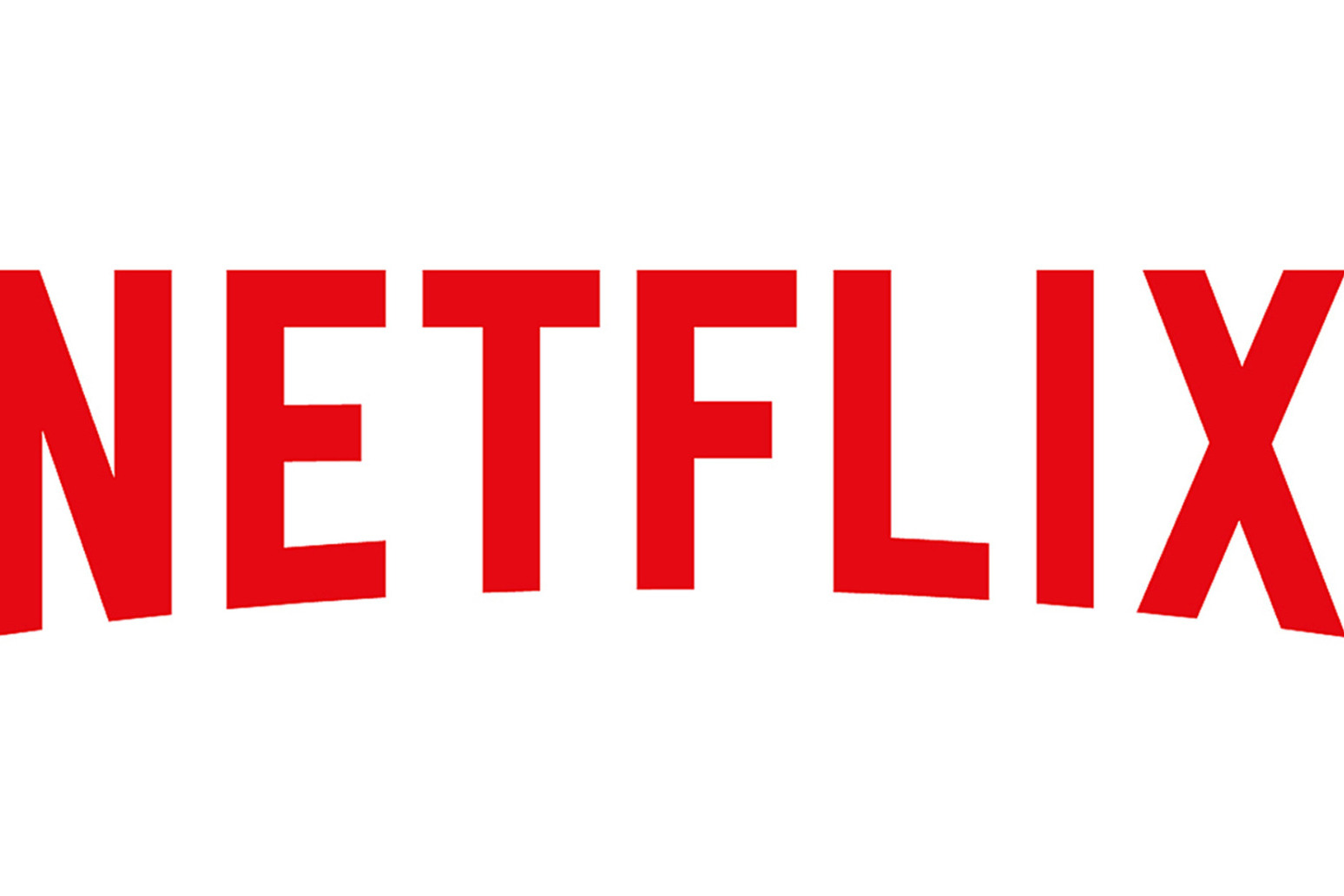
Netflix subscriber growth surges after password sharing crackdown
The video streaming service added 5.9 million subscribers during the April-June period
Netflix has enjoyed its biggest spring-time spurt in subscribers since the early days of the pandemic three years ago.
The video streaming service added 5.9 million subscribers during the April-June period, according to numbers released on Wednesday along with its latest quarterly financial results.
The gains easily surpassed the roughly 2.2 million additional subscribers that analysts surveyed by FactSet Research had anticipated. Netflix ended June with 238.4 million worldwide subscribers.
The subscriber surge is the latest sign that a recent crackdown on password sharing and the roll-out of a cheaper version of its video streaming service are paying off.
However, investors seemed unsatisfied, perhaps rattled by management commentary in a shareholder letter warning “quite a competitive battle” is continuing to unfold against the backdrop of ongoing strikes by both the writers and actors union in the US that is already bogging down much of Hollywood and threatening to clog the pipelines feeding entertainment to streaming services.
Netflix’s stock price fell 4% in Wednesday’s extended trading. The decline could also have reflected some investors locking in profits that have accrued while the shares have climbed by more than 50% so far this year.
The second-quarter performance marked Netflix’s biggest spring — traditionally the company’s slowest stretch of growth — since gaining 10 million subscribers during the same period in 2020 under dramatically different market conditions.
In 2020, people were still largely stuck at home and looking for ways to keep themselves entertained while governments around the world struggled to find a way to contain the spread of the pandemic.
Now, Netflix finds itself trying to bounce back from a growth slowdown amid stiff video streaming competition and inflationary pressures that have caused many households to clamp down on spending, especially on discretionary items such as entertainment.
As an antidote, Netflix last year introduced a low-priced option that includes commercials and then began to block the rampant sharing of passwords that has enabled an estimated 100 million people worldwide to watch its TV series and films for free.
Freeloading viewers are now being required to open their own accounts unless a subscriber with a standard or premium plan agrees to pay an 8 dollar monthly surcharge to allow more people living in different households to watch.
In its shareholder letter, management said the crackdown on password sharing is resulting in a “healthy conversion of borrower households into full paying Netflix memberships”.
As part of Wednesday’s earnings release, Netflix also revealed it is phasing out its cheapest ad-free plan – a service that costs 10 dollars in the US. Existing subscribers already paying for this basic plan will be allowed to keep it.
The shift appears designed to get more people to switch to the 7 dollar monthly plan that includes commercials in hopes of boosting ad revenue or sign up for its 15.50 dollar monthly standard plan or 20 dollar monthly premium plan.
“While we’ve made steady progress this year, we have more work to do to reaccelerate our growth,” Netflix management told shareholders in its letter.
The pricing changes that have already been made helped Netflix boost its second-quarter revenue by 3% from the same time last year to 8.2 billon dollars (£6.34 billion), falling below analyst forecasts.
Netflix earned 1.49 billion dollars (£1.15 billion) during the period, compared with 1.44 billion dollars (£1.11 billion) last year. But earnings per share came in at 3.29 dollars per share, eclipsing the average analyst estimate of 2.85 dollars per share, according to FactSet.
Netflix did not delve into the potential fallout from the current walkout by writers and actors in the US.
The dispute revolves largely around the payment system used in video streaming and the rise of artificial intelligence technology threatening to exploit the work of humans and eventually replace them.
Unlike traditional movie and TV studios in the US, Netflix has been able to keep feeding its entertainment pipeline with shows that it has been able to use to keep luring in and retaining subscribers.
Published: by Radio NewsHub